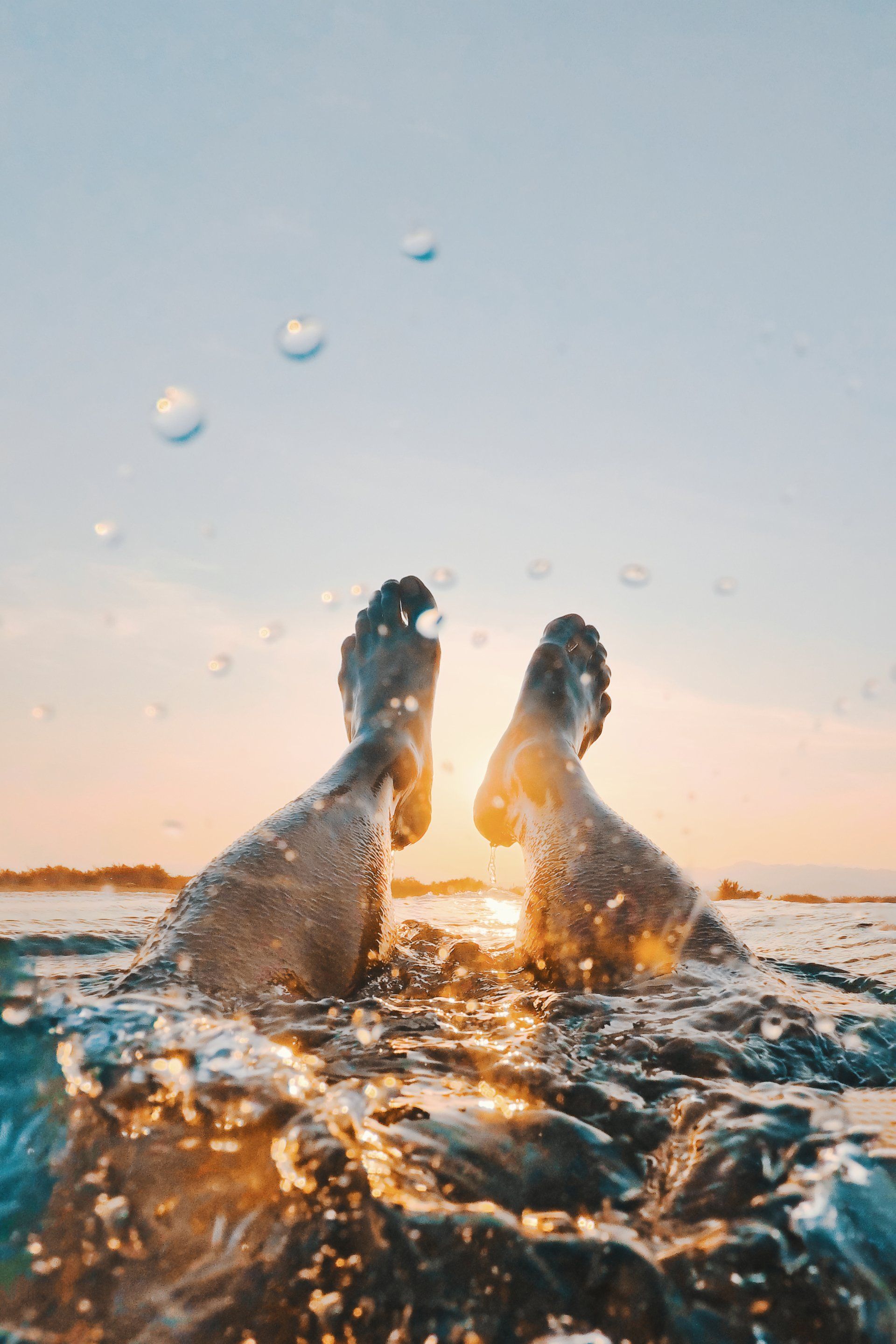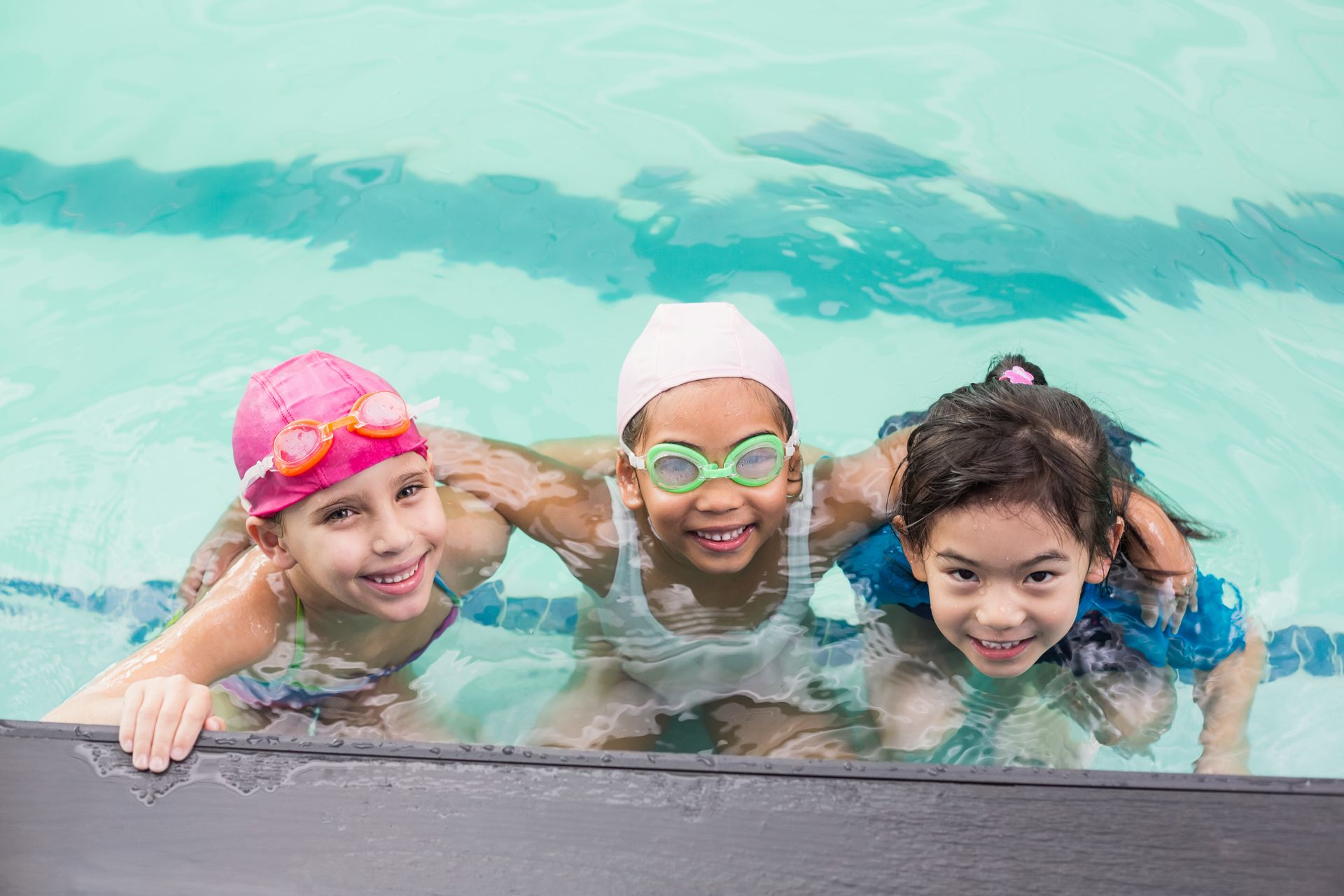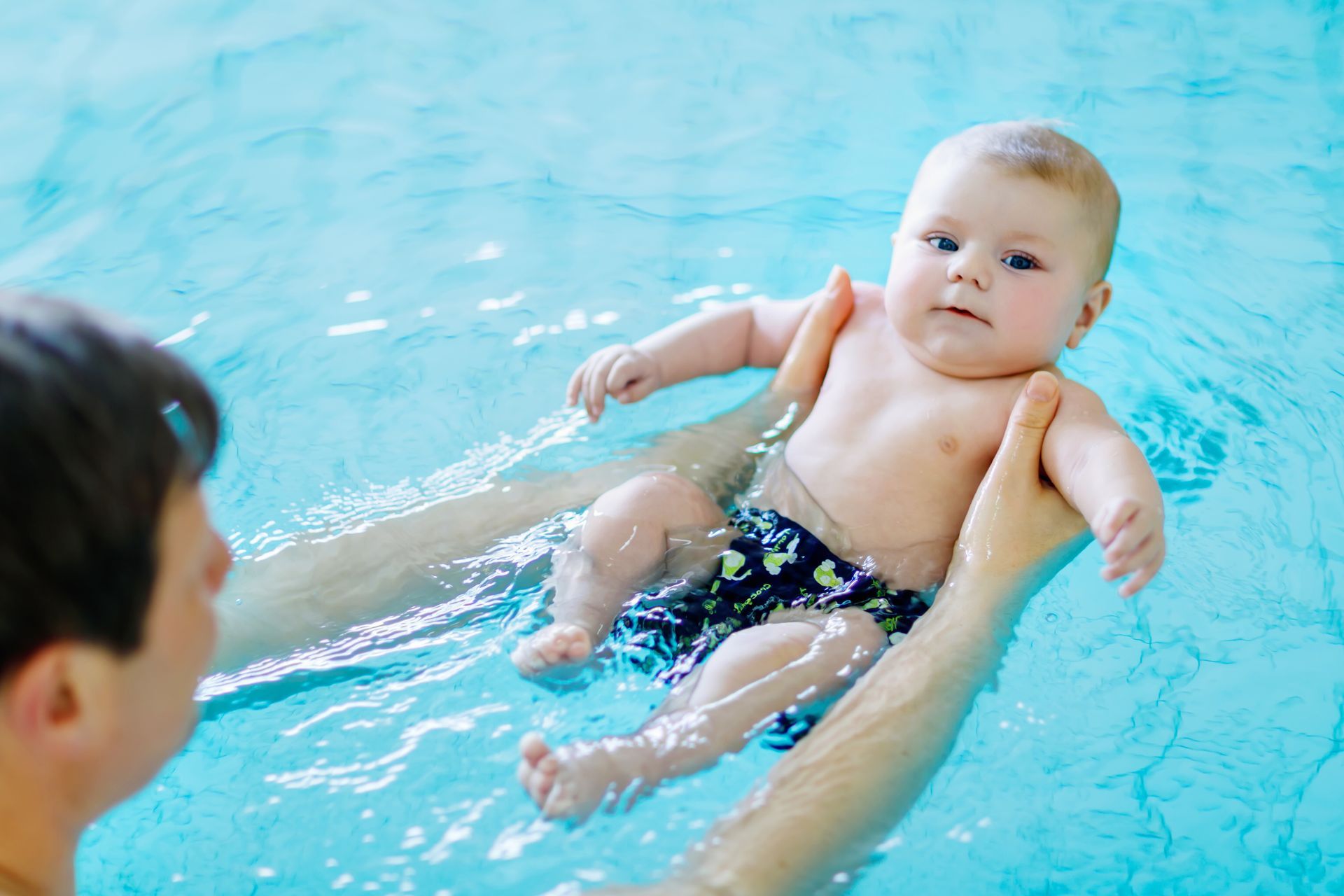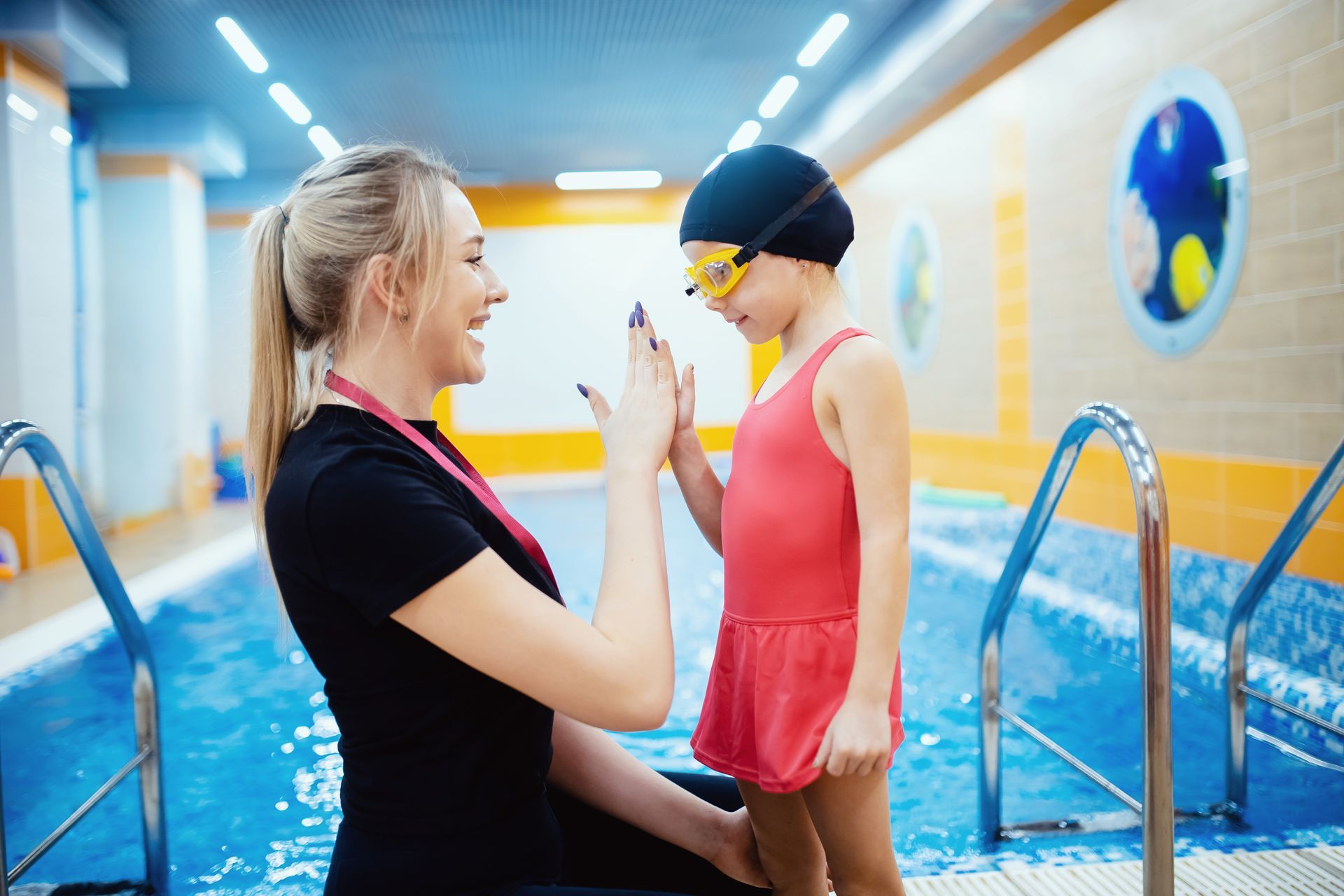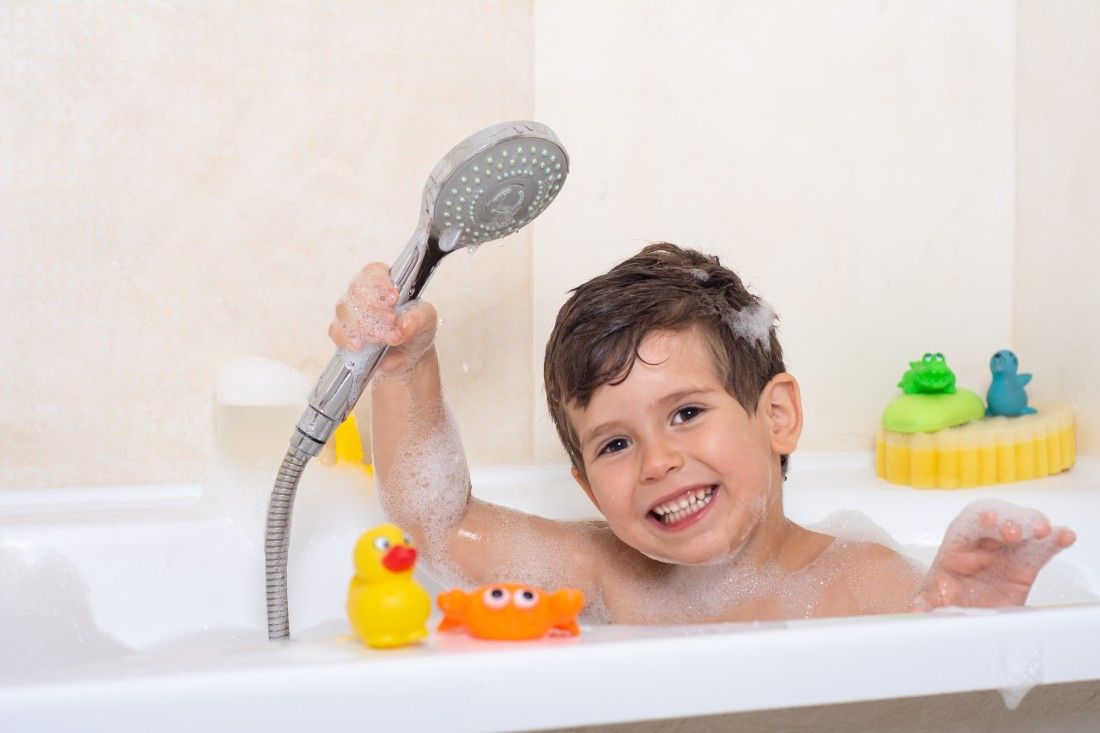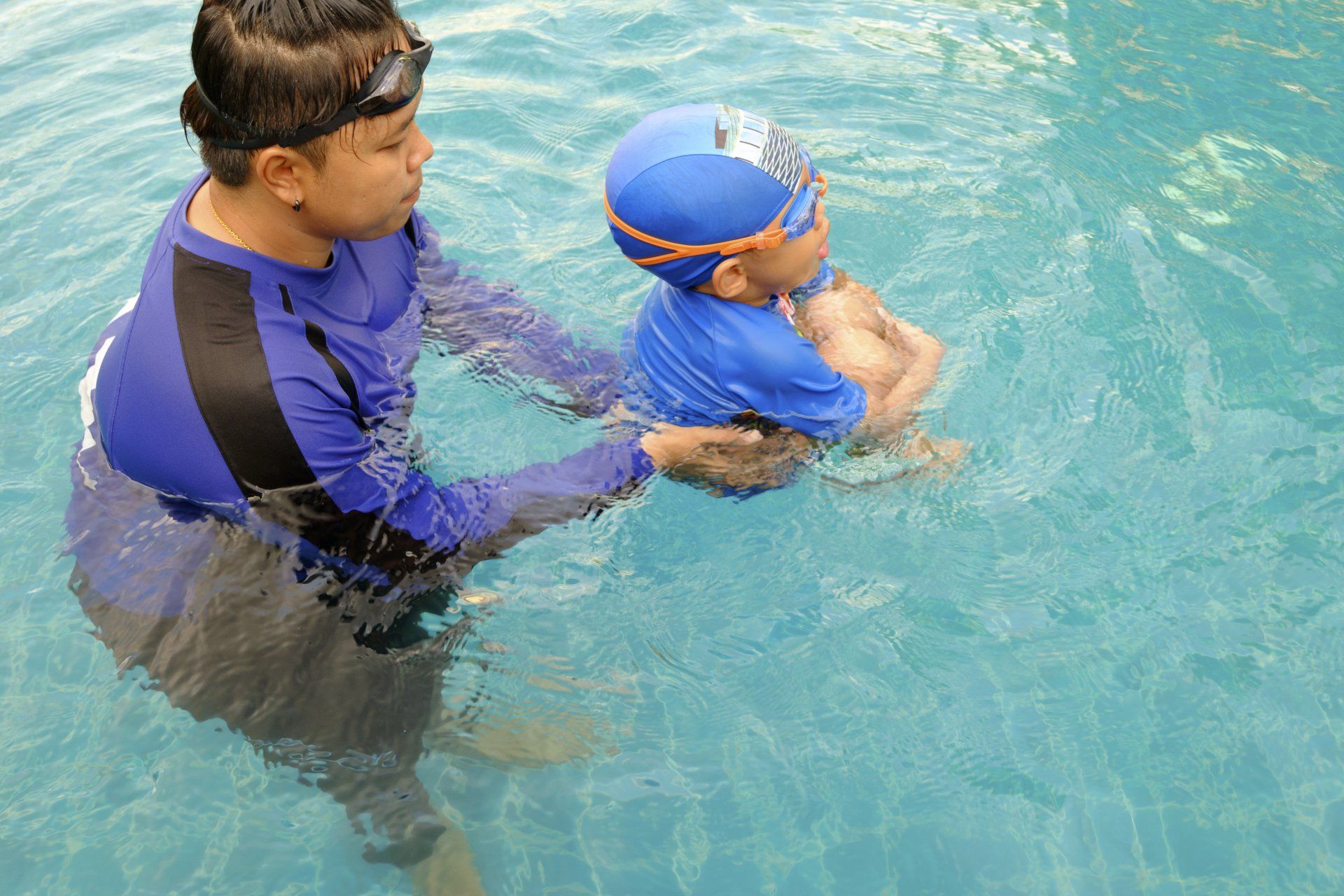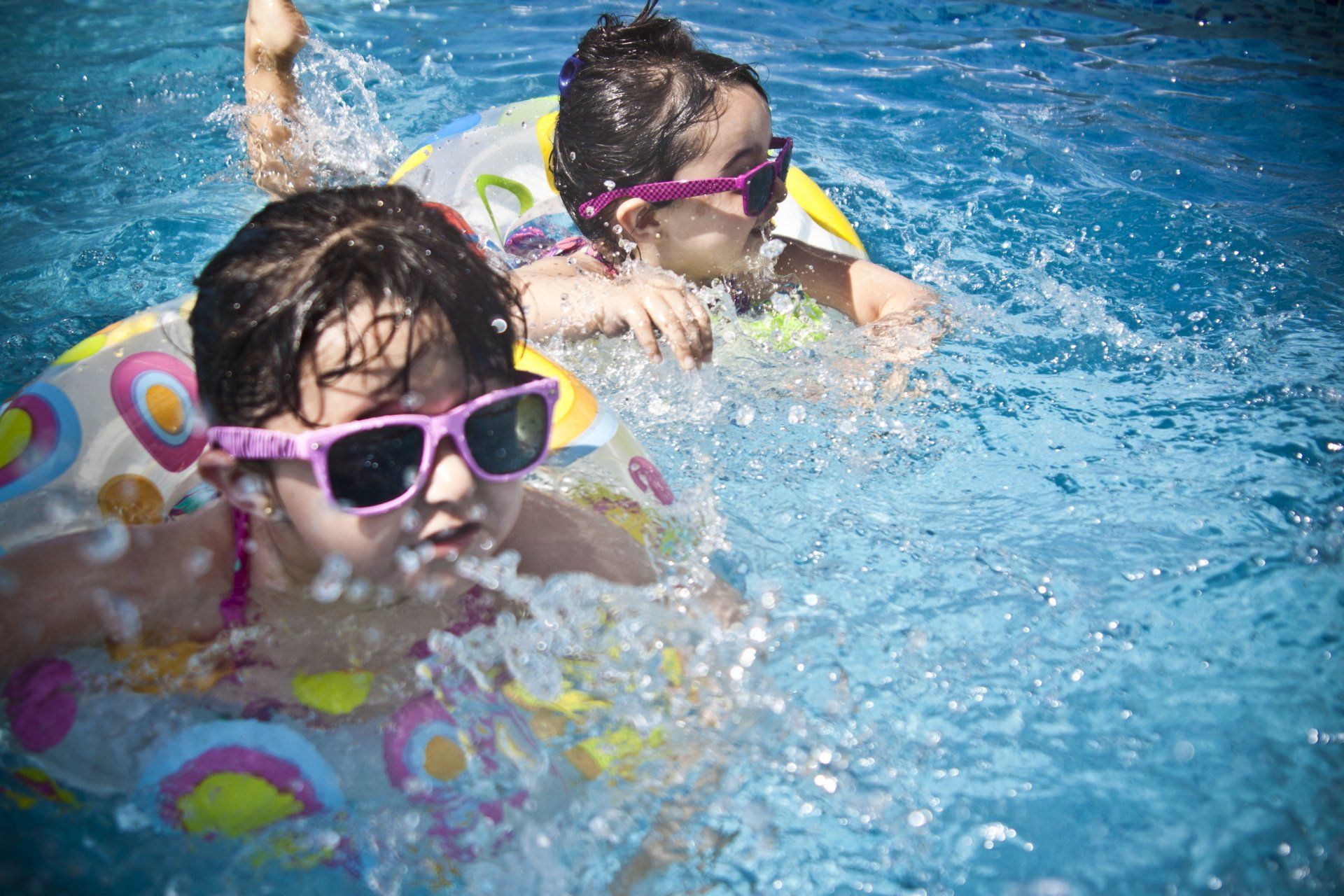By Melissa Taylor
•
July 27, 2023
There’s something about the water; the way it envelops you, literally taking the weight of the world with it, drowning out the noise outside. It called to me even as a child, as it still does today. I continued swimming competitively through high school and into college, before leaving the pool behind for a career in luxury automotive sales. It was a career I was good at, and it certainly paid the bills, so I ended up sticking with it for an extended period of time. During which, I got married and started a family. But by the time my second child came along, the country had fallen into the recession, dragging the automotive industry with it. A lot of people said the recession changed how people in this country thought about work. If you weren’t going to be making a ton of money, you might as well actually do what you really want to do with your life! For me, that was SWIMMING. My husband and I incorporated Small Fish Big Fish in 2009. I started in the simplest possible fashion, by running Craigslist ads and going backyard-to-backyard teaching one little swimmer at a time. As my reputation spread, business started booming! I quickly realized that I needed to make a bigger splash. I wanted to open a swim school. I attended a conference for the United States Swim School Association in San Diego, where I was able to network with over 300 other passionate swimmers! It was from these relationships where I was inspired to dive into the deep end. I developed my own plan for an indoor swim school in West Palm Beach – A controlled space that focuses on fun, learning and development for kids in the ideal learning environment! It took over a year to sign the lease, and 4-5 months to build. It was during this time that I discovered something that would change my life forever. I felt a lump in my breast and I knew something wasn’t right. After three mammograms and several consultations with doctors, I sought out a surgeon and learned I had stage 2-3 breast cancer. Small Fish Big Fish Swim School officially opened on March 15, 2012. Only a year later on March 18, 2013, I started an aggressive treatment plan that included five surgeries, six months of chemotherapy and 37 radiation treatments in two years. Looking back, I don’t feel for one second that I had it hard. No matter how bad my day was I knew that there is always someone out there that had it worse. As Maya Angelou said, “We delight in the beauty of the butterfly, but rarely admit the changes it has gone through to achieve its beauty.” I gained my strength from my family and the enormous support I received from the industry nationwide. I have also been fortunate enough to give help and support back to many others affected by this disease. Since opening Small Fish Big Fish in 2012, I am so proud to have helped almost 3,000 students learn to love swimming. I know what a huge, positive impression swimming has had on my life, and being able to share those joyful experiences with children – from infants, to children with special abilities - and teaching them how to appreciate and understand swimming safety is my legacy. I feel so fortunate to do what I love every day. And to help other people love swimming just makes it so much better. Thank you for all your support, and I hope to see you and your children at Small Fish Big Fish soon! Swimmingly, Melissa Taylor
